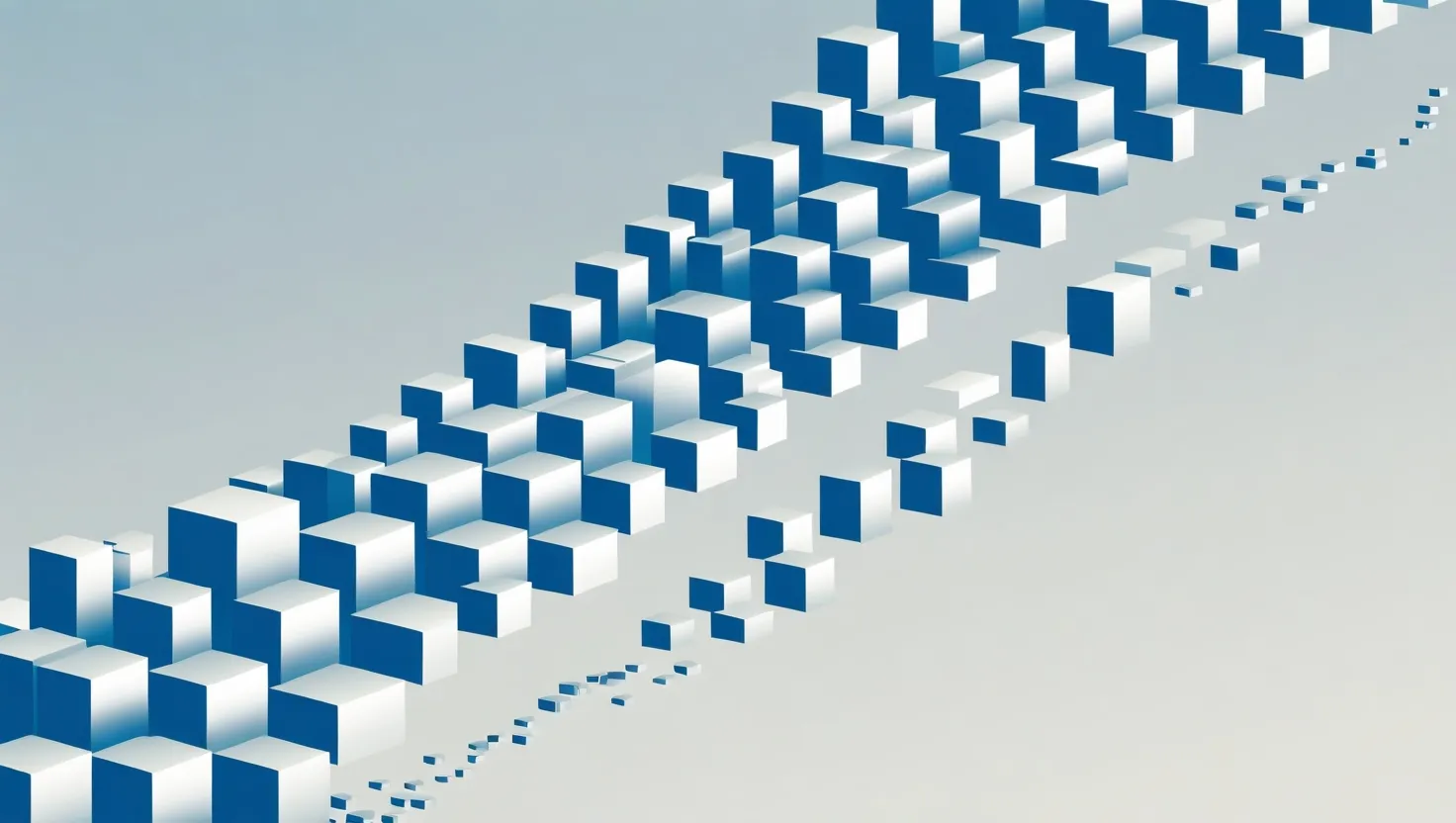Let’s chat about investing — a world that might sound intimidating but holds the key to growing your hard-earned money over time. If there’s one strategy every seasoned investor swears by, it’s diversification. Think of it as not putting all your eggs in one basket, because who knows when that basket might take a tumble?
Picture this: you’ve invested every dime into a single stock. It might sound like a great idea if that stock is soaring high today, but what if it dips tomorrow? That’s where diversification saves the day. By spreading investments across different assets and industries, you embrace both safety and potential growth — a sweet spot every investor yearns for.
Take a step back and imagine your investments are like an elaborate buffet. If you only pile sushi on your plate, what happens when it’s finished or worse, if it wasn’t fresh to begin with? Not fun. By broadening your eats — throwing in some hearty pasta, zesty salads, maybe even a fluffy piece of cake — you’re not only enjoying variety but protecting against one bad dish ruining your meal. This analogy fits investments to a T.
Investing in various asset classes is crucial — and it’s not merely about picking different stocks within the same industry. We’re talking about branching out: stocks, bonds, real estate, commodities, and funds. Stocks can deliver sky-high returns or plummet; they’re like the rollercoasters of the market world, influenced by everything from company performance to broad market conditions.
Bonds are a bit more stable, like that trusty old coffee shop you always visit for a guaranteed good cup. They generally offer regular interest payments and tend to flip less with the market’s mood, though they’re not entirely free of fluctuations either. Their value might dance to the rhythm of changing interest rates and the credibility of the bond issuer.
Dive into real estate, and you’re considering property investment — a domain that promises revenue through rents and maybe an uptick in property value over time. It’s a solid inflation guard, though it demands maintenance. Meanwhile, commodities such as gold and oil stand apart from your regular financial tools, providing a safety net against inflation, adding another layer to your diverse investment pie.
When mutual funds and ETFs come into play, they act like a nutritionist-curated meal plan, ensuring you’re not only getting a varied mix but also peace of mind. They gather resources from numerous investors to offer broad exposure with a singular investment move.
By diversifying, you’re developing a portfolio not reliant on any one element’s performance. Let’s say you have a mix of stocks, bonds, and real estate investments. If the stock market throws a tantrum, stable bonds or your house’s rental checks can offer tranquility. This kind of arrangement counters extreme market swings and generally provides more stability.
The perks of diversification are multi-faceted. It significantly cuts down risk because your assets aren’t tied down to the fate of any one investment. Your portfolio becomes a less bumpy road, as different investments react in unique ways to market events. While some might soar, others offer a calmer ride. You might miss out on jackpots when a single stock skyrockets, but diversification intertwines various growth sources, often leading to better risk-managed returns.
Protecting hard-earned money is a big reason why diversification matters. In times of financial upheaval, the roles of less market-linked assets shine, reducing the rollercoaster nature of your investments. It’s not merely about dodging risk; it’s ensuring that risks taken are calculated and managed.
Starting off on the diversification journey requires understanding individual risk tolerance. It’s crucial to feel comfortable with the potential ride ahead. That might mean keeping a notebook on hand or using spreadsheet magic to figure out the best mix of stocks, bonds, real estate, and commodities. Within each category, the aim is variety, just like ensuring your playlist doesn’t play just one artist repeatedly.
Investing in different industries takes the edge off collective risk. Mutual funds and ETFs are like pre-packaged meals offering nutritional balance — they bring together assorted investments under one umbrella, making them a convenient choice for those just beginning this diversified adventure.
But here’s the kicker: portfolios need regular check-ups. A routine balancing act helps ensure that the split between your investments reflects both your risk appetite and financial ambitions. It’s about buying what’s been underperforming compared to what has zoomed up the ladder.
Now, consider a real-life case. Imagine 2020 saw your $10,000 sunk into just one tech stock. If the market tides turned against tech, that’s a heavy blow to endure. But if that same $10,000 was divvied up among varied stocks, bonds, a dabble in real estate, and a mutual fund, the overall damage from tech underperforming gets softened, much like stress dissipating during a yoga session.
Diversification, while powerful, isn’t infallible. Over-diversification can backfire — spreading too thin might sidestep transaction fees and diminish focus on those star performers. There’s also the danger in forgetting portfolio rebalancing, leading to an investment balance no longer echoing personal comfort or goals.
This topic resonates deeply for those planning hefty life milestones — say, retirement. Crafting a diversified setup builds a portfolio that stands firm amidst market shifts. Maybe you decide on a 40% stocks mix for growth with 30% in bonds for peace, 20% comfy in real estate, and 10% strolling in commodities for that extra inflation hedge. Achieving this balance means securing the golden years with both protection and growth in mind.
Diversification stands as a bulwark in investment strategy. It’s likened to creating a quilt, weaving patches from various fabrics — each different but essential in keeping you warm through economic chills. It’s not a risk-free ticket, but it’s a guide, a strategic maneuver to marshal through market ebbs and flows.
Investing isn’t just about numbers; it’s a scintillating journey with diversification its compass. Building a resilient, stable portfolio becomes both art and science, and that could well translate into success. As you embark or continue weaving investments, remember this — a well-diversified mix could craft a tomorrow filled with financial dreams realized. So, setting out to construct a diversified portfolio stands as a savvy choice, one that promises peace of mind and potential prosperity in the long run.






